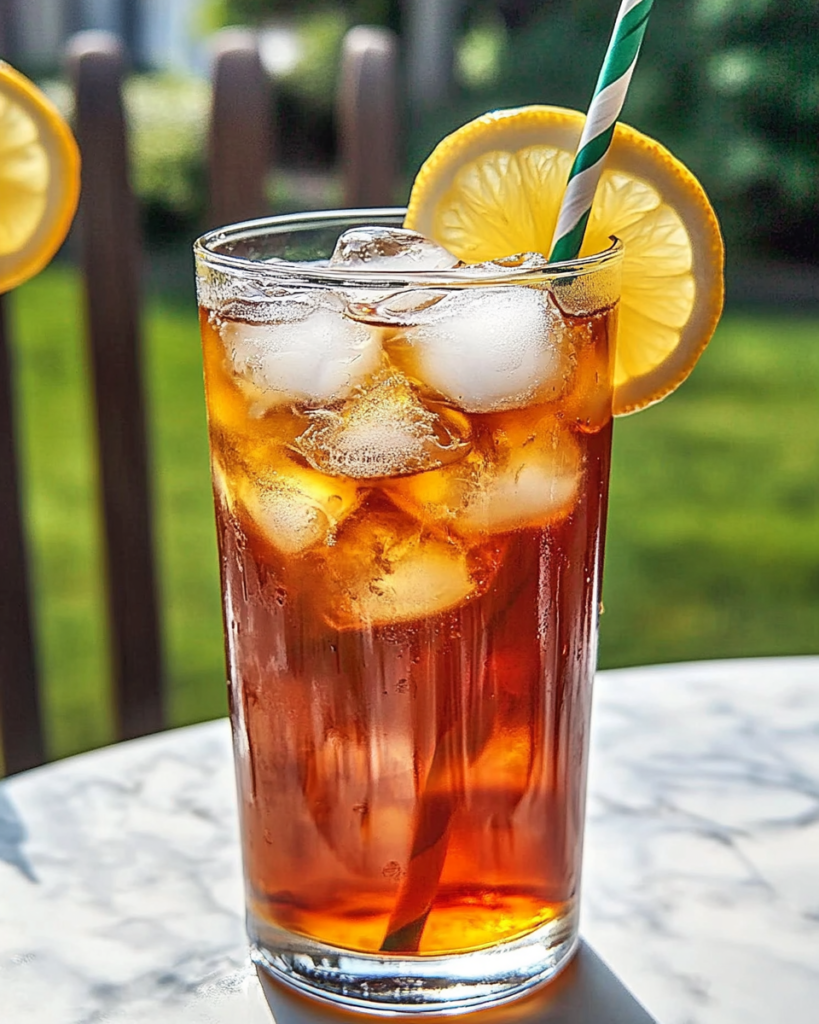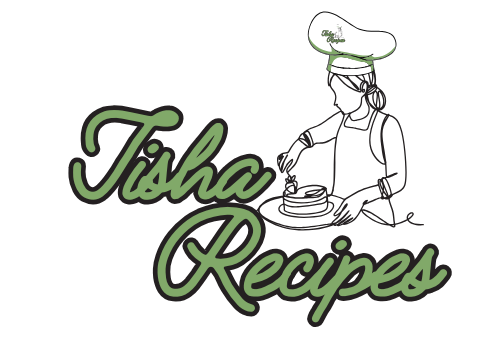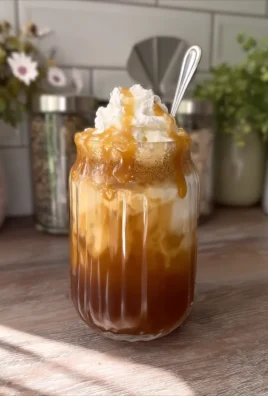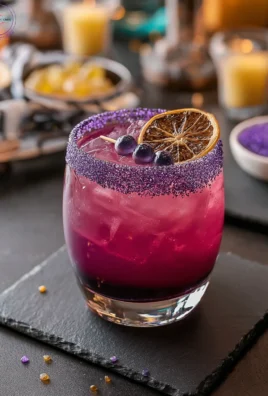
Freshly brewed iced tea is a refreshing and versatile beverage enjoyed worldwide. Whether served plain, sweetened, or infused with flavors, iced tea is the perfect drink to cool down on a hot day. Unlike store-bought versions, homemade iced tea offers a richer taste and the ability to control sweetness, strength, and flavor variations.
Overview of Iced Tea
Iced tea can be made using various tea types, including black, green, white, oolong, and herbal teas. Each variety brings a unique flavor profile, caffeine content, and health benefits. The brewing process is simple but requires attention to detail to achieve the perfect balance of strength and taste.
Brief History and Cultural Significance
Iced tea has a long history, dating back to the 19th century in the United States. The first widely known recipe appeared in a cookbook in the 1870s. However, it gained national recognition at the 1904 World’s Fair in St. Louis when it was served to fairgoers seeking a refreshing cold beverage. Since then, iced tea has become a staple in American culture, especially in the Southern United States, where sweet tea reigns supreme. Globally, different cultures have developed their own versions of iced tea, incorporating local ingredients and traditions.
Preparation Phase & Tools to Use
Making freshly brewed iced tea requires proper planning and the right tools. The choice of tea, brewing method, and infusion process all contribute to the final result.
Prep Time, Cook Time, Cool Time, and Total Time
- Prep Time: Varies based on tea selection and preparation steps.
- Cook Time: Depends on the brewing method (steeping usually takes 3-5 minutes for black tea and 2-3 minutes for green tea).
- Cool Time: At least 30 minutes to chill the tea properly.
- Total Time: Typically around 40 minutes to an hour.
- Servings & Yield: Adjust based on the quantity of tea leaves and water used.
Essential Tools and Equipment
- Tea Kettle or Pot – For boiling water.
- Teapot or Heatproof Pitcher – To steep and store the tea.
- Tea Strainer or Infuser – Needed if using loose-leaf tea.
- Measuring Spoons and Cups – For accurate measurements.
- Stirring Spoon – To mix in sweeteners or flavors.
- Ice Cube Trays – To keep the tea chilled without dilution.
- Storage Container – If making large batches.
Importance of Each Tool
- Tea kettle ensures precise water temperature. Boiling water is essential for extracting flavors, especially from black and herbal teas.
- A heatproof pitcher allows proper steeping and cooling. Glass pitchers work well because they don’t retain flavors.
- Tea strainers prevent loose tea leaves from ending up in the drink.
- Measuring cups ensure the right tea-to-water ratio.
- Stirring spoons help dissolve sugar or honey evenly.
- Ice cube trays allow for chilled tea without diluting the flavor.
Preparation Tips
- Use fresh, filtered water for the best taste.
- Steep tea at the correct temperature to avoid bitterness.
- Avoid over-steeping, especially with green and white teas, as they can become overly astringent.
- Use high-quality tea leaves for a richer, more nuanced flavor.
- Add sweeteners while the tea is hot so they dissolve evenly.
Ingredients List (with Measurements)
- Tea Bags or Loose-Leaf Tea – 4-6 bags or 2 tablespoons per quart of water.
- Filtered Water – 4 cups (adjustable based on preference).
- Sweetener (optional):
- Sugar – ¼ to ½ cup, depending on desired sweetness.
- Honey or Agave Syrup – 2-3 tablespoons.
- Stevia or Sugar Substitutes – Adjust according to taste.
- Ice Cubes – As needed for serving.
- Lemon or Lime Slices – Optional for flavor.
- Fresh Mint Leaves – For a refreshing twist.
- Fruit Infusions (optional):
- Berries (strawberries, raspberries, blueberries).
- Peach Slices.
- Citrus Zest.
- Herbal Infusions (lavender, chamomile).
Step-by-Step Instructions
Step 1: Boil Water
- Bring 4 cups of filtered water to a boil in a kettle or saucepan.
- If using green or white tea, allow the water to cool for 2-3 minutes before pouring over the tea to prevent bitterness.
Step 2: Steep the Tea
- Place tea bags or loose tea leaves into a heatproof pitcher or teapot.
- Pour hot water over the tea and steep for 3-5 minutes (black tea), 2-3 minutes (green tea), or 5-7 minutes (herbal tea).
- Avoid over-steeping to prevent a harsh, bitter taste.
Step 3: Remove Tea Bags or Strain Leaves
- If using tea bags, remove them and discard them.
- If using loose-leaf tea, strain the liquid using a fine-mesh sieve or tea strainer.
Step 4: Add Sweetener (Optional)
- Stir in sugar, honey, or alternative sweetener while the tea is hot.
- Mix well until fully dissolved.
Step 5: Cool the Tea
- Let the tea sit at room temperature for 15-20 minutes.
- For faster cooling, use an ice bath by placing the pitcher in a larger bowl filled with ice water.
Step 6: Add Ice and Refrigerate
- Transfer the tea to the refrigerator and chill for at least 30 minutes to an hour.
- Serve over ice cubes to maintain its crisp, cold temperature.
Step 7: Garnish and Serve
- Add lemon slices, fresh mint, or fruit slices for additional flavor.
- Pour into glasses and enjoy!
Enhancing Your Iced Tea Experience
Side Dish Recommendations
Citrus Infused Scones
- Buttery scones infused with orange or lemon zest pair wonderfully with iced tea.
Fresh Fruit Salads
- A mix of berries, melons, and citrus fruits enhances the tea’s refreshing taste.
Light Tea Sandwiches
- Cucumber, smoked salmon, or egg salad sandwiches complement the mild flavors of iced tea.
Cheese and Cracker Platters
- Soft cheeses like brie or gouda with crisp crackers make a sophisticated pairing.
Pastries and Cookies
- Shortbread, lemon bars, or almond biscotti go well with various iced tea flavors.
Nuts and Dried Fruits
- Almonds, cashews, and dried apricots provide a crunchy, healthy snack option.
Vegetable Crudités with Dips
- Carrots, celery, and bell peppers with hummus or ranch dip make for a fresh, healthy pairing.
Chocolate Delicacies
- Dark chocolate or chocolate-covered nuts add a rich contrast to the lightness of iced tea.
Nutritional Information & Health Benefits
Nutritional Breakdown
- Calories: Varies depending on added sweeteners and flavors.
- Sugar Content: Natural or added sugars influence the overall sweetness and calorie count.
- Antioxidants: Rich in polyphenols that help fight oxidative stress.
- Hydration: Keeps the body refreshed, especially on warm days.
Health Benefits
- Boosts Metabolism: Green and black tea contain compounds that may help support metabolic function.
- Supports Heart Health: Regular tea consumption is linked to a reduced risk of cardiovascular diseases.
- Aids Digestion: Herbal iced teas, such as peppermint or chamomile, can soothe the stomach.
- Enhances Mental Alertness: The caffeine content in tea provides a mild energy boost without jitters.
- Rich in Antioxidants: Helps in reducing inflammation and promoting overall wellness.
- May Reduce Stress: Herbal teas like chamomile and lavender can have calming effects.
Common Mistakes to Avoid & How to Perfect the Recipe
Mistakes to Avoid
- Over-Steeping the Tea: Can result in bitterness, especially with green or black teas.
- Using Low-Quality Tea: Impacts the overall flavor and aroma.
- Not Allowing Tea to Cool Properly: Sudden temperature changes may cloud the tea.
- Adding Sweeteners Too Late: Should be dissolved while the tea is still warm for even distribution.
- Incorrect Water Temperature: Boiling water is too harsh for delicate teas like green and white.
How to Perfect the Recipe
- Use Fresh, Filtered Water: Enhances the purity of flavors.
- Experiment with Tea Combinations: Mixing black and herbal teas can create unique flavors.
- Store Properly: Keep in a sealed container in the fridge to maintain freshness.
- Add Ice Last: Helps prevent dilution and ensures a strong tea flavor.
- Garnish Thoughtfully: Citrus slices, mint, or fresh fruit add a final refreshing touch.
Mastering and Enjoying Iced Tea
Tips, Notes, Storing, and Reheating
Tips for the Best Iced Tea
- Use loose-leaf tea for richer flavors.
- Adjust brewing time based on tea type.
- Always steep tea in hot water before cooling.
- Sweeten with honey, agave, or simple syrup for better consistency.
Notes on Flavor Enhancements
- Add spices like cinnamon or cardamom for a unique twist.
- Experiment with floral additions like lavender or hibiscus.
- Try blending multiple tea types for complex flavors.
Storing Iced Tea
- Keep brewed iced tea in an airtight container in the refrigerator.
- Consume within 3-4 days for best taste.
- Avoid storing tea in metal containers to prevent off flavors.
Reheating Iced Tea
- If serving warm, reheat gently on the stove over low heat.
- Avoid microwaving, as it may alter the tea’s taste.
Frequently Asked Questions (FAQs)
How long does freshly brewed iced tea last?
- Properly stored iced tea remains fresh for up to four days.
Can I use loose-leaf tea instead of tea bags?
- Yes! Loose-leaf tea provides better flavor and quality.
What are the best sweeteners for iced tea?
- Honey, agave syrup, and stevia are great natural options.
How can I prevent my iced tea from becoming cloudy?
- Cooling the tea gradually and using filtered water helps prevent cloudiness.
Is it possible to make iced tea without sugar?
- Absolutely! Enjoy it plain or use natural fruit juices for subtle sweetness.
Conclusion
Freshly brewed iced tea is an enjoyable, customizable drink perfect for any occasion. From classic recipes to innovative infusions, there’s a version for everyone. Whether you prefer it sweetened, herbal, or citrus-infused, mastering iced tea enhances your beverage experience. Enjoy experimenting with flavors and techniques to create your ideal cup!




Leave a Comment